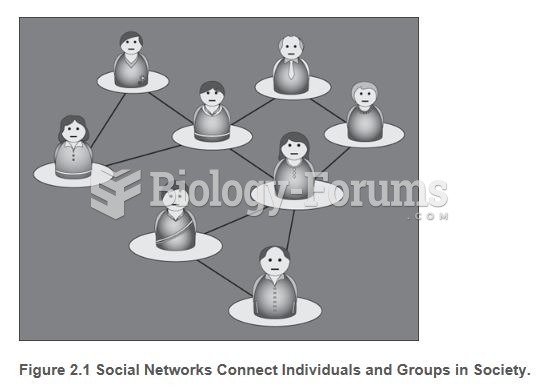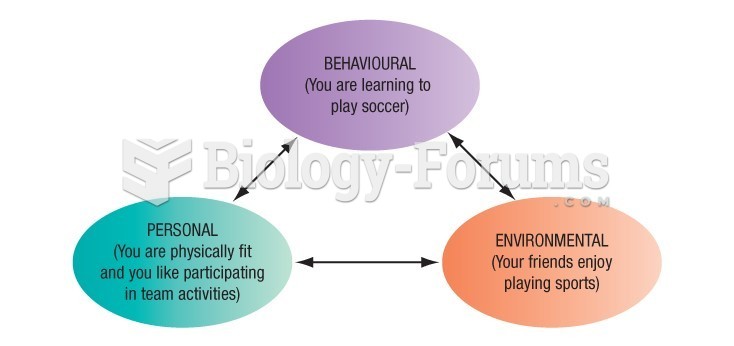Answer to Question 1
The key variable in determining if clients will make positive changes in their lives is whether they have the motivation to make the efforts necessary to improve their circumstances. Failure in counseling or social work generally occurs when clients do not become motivated. To motivate a discouraged person, the social worker has to be an encouraging person. According to Lewis Losoncy, an encouraging person does the following:
Has complete acceptance for the discouraged person with no conditions attached. She or he should not, however, convey acceptance of the deviant behavior that needs to be changed.
Has a nonblaming attitude so that the discouraged person no longer feels a need to lie, pretend, or wear a mask.
Conveys empathy that she or he is aware and can to some extent feel what the discouraged person is feeling.
Conveys to the discouraged person that she or he is genuinely interested in the counselee's progress and conveys that the counselee is an important, worthwhile person. For discouraged people to believe in themselves, they generally need an encouraging person who conveys the idea that they are important and worthwhile.
Notices (rewards) every small instance of progress. This is particularly valuable during the beginning of the relationship.
Conveys to the discouraged person that she or he has confidence in that person's capacity to improve.
Conveys sincere enthusiasm about the discouraged person's interests, ideas, and risk-taking actions.
Has the capacity to be a nonjudgmental listener so that the discouraged person's real thoughts and feelings can be expressed freely, without fear of censure.
Has the time to spend listening and understanding the discouraged person as fully as possible.
Has a sincere belief in the discouraged person's ability to find a purpose in life.
Allows the person to take risks without judging him or her.
Reinforces efforts made by the discouraged person.
Answer to Question 2
Under a family allowance program, the government pays each family a set amount based on the number of children in the household. If payments were large enough, a program like this could aid in eliminating poverty, particularly in large families.
There are some strong criticisms of family allowance plans. If payments were made to all children, the program would be very expensive and much of the money would go to nonpoor families. This problem could be solved by varying the family allowance payments with income and terminating payments after a certain income is reached. However, such an approach would then involve a means test and continue to stigmatize recipients. A second criticism is that such a program would provide an incentive to increase the birthrate at a time when overpopulation is a major concern. A final criticism is that it would not provide payments to single individuals and childless couples who are poor.







